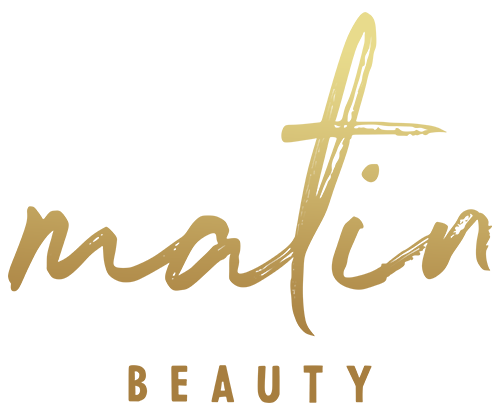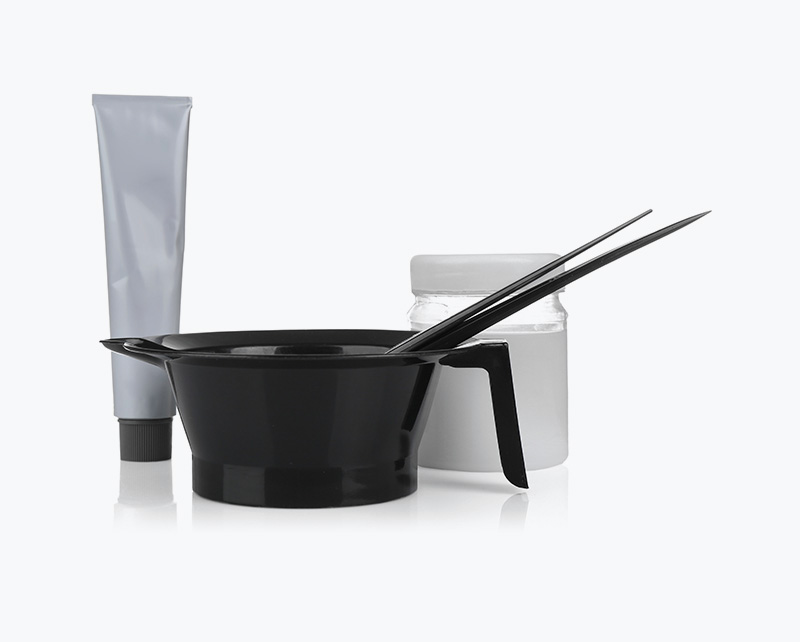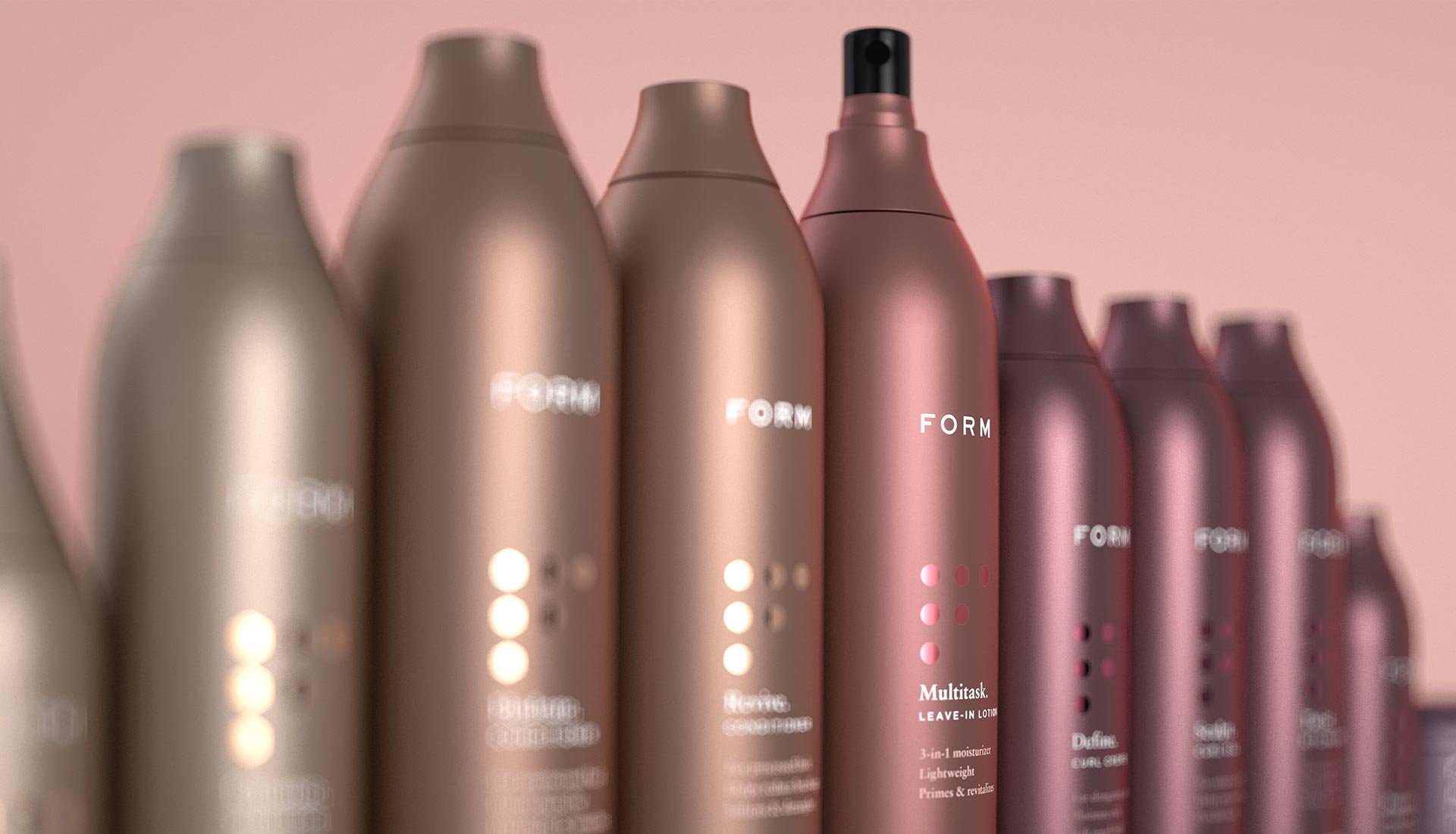
What to know about keratin hair treatments
Keratin treatments are a category of hair smoothing treatments that can make curly or frizzy hair look straighter and less frizzy. The main active ingredient in keratin treatments is keratin, a fibrous protein that is the main structural component of hair, skin, and nails.
Keratin treatments were first introduced in Brazil in the 1990s and gained popularity in North America in the late 2000s. Some of the most popular brands include Brazilian Blowout, Keratin Complex, and Marcia Teixeira.
There are a few main types of keratin treatments:
Brazilian Blowout: This was one of the first professional keratin treatments introduced in North America. It uses a keratin solution with a lower formaldehyde content.
Japanese Straightening: This type uses a higher concentration of formaldehyde to permanently straighten the hair. It lasts the longest of any treatment but requires extensive maintenance.
Keratin Complex: This brand uses proprietary formulations with formaldehyde derivatives. Treatment times tend to be faster.
Marcia Teixeira: This treatment uses plant-based keratin along with some formaldehyde. It’s marketed as more natural and safer.
The level of formaldehyde or other chemicals varies widely between products. Treatments done at home usually have lower levels compared to salon treatments.
How do keratin treatments work?
Keratin is a fibrous protein that makes up the structure of hair, skin, and nails. It acts as a protective protein, giving hair strength, smoothness, and shine.
Keratin treatments work by infusing the hair cuticle with extra keratin protein to make the hair appear smoother and straighter. The process involves applying a keratin-rich formula to the hair and using a flat iron to seal it in.
The heat of the flat iron opens the hair cuticles and allows the keratin to penetrate deep into the hair shaft. Once inside the hair shaft, the keratin binds to the existing keratin in the hair, adding extra protein. This helps to fill in gaps and micro-fissures in the hair cuticle caused by damage from styling, coloring, heat, and the environment.
The extra keratin makes the hair feel smoother, look shinier, and become more resistant to damage. It also makes the hair strands lie flatter against each other, giving the hair a straighter, frizz-free appearance.
Over the next few days after the treatment, the hair cuticle closes back down, locking in the keratin. This allows the results to last for several months, until the keratin gradually washes out with regular shampooing.
Benefits
Keratin treatments offer several benefits for smoothing and straightening hair while reducing frizz. The results can last for several months, making these treatments a longer-lasting alternative to frequent blowouts or flat ironing.
One of the main benefits is that keratin treatments can make wavy or curly hair smoother and straighter. The treatment works by sealing the hair cuticle with a layer of keratin protein. This helps hair strands lay flatter and align more evenly, taking out kinks and waves and allowing hair to look straighter without having to use hot tools daily.
In addition, the keratin layer helps block humidity from penetrating the hair shaft. This keeps hair from puffing up into a frizzy mess on humid or rainy days. Keratin treatments are especially popular in hot, humid climates among people with naturally frizzy hair who want smoother, frizz-free locks even in damp weather.
Finally, the results of a keratin treatment can last for several months with proper maintenance. While the smooth, straight effects won’t last forever, they can persist for up to 4-5 months with the right aftercare. This makes keratin treatments a longer-term smoothing solution compared to a blowout or flat iron session, which reverse after just a few days. People who want low-maintenance, frizz-free hair for months at a time are great candidates for keratin treatments.
Drawbacks
Keratin treatments can have some significant drawbacks that are important to consider before getting one.
Contains formaldehyde: Many keratin treatments contain formaldehyde, which is a known carcinogen. When heated during the treatment application process, formaldehyde can be released into the air and inhaled. This poses health risks to both the stylist applying the treatment and the client receiving it. Even “formaldehyde-free” treatments can contain other ingredients that release formaldehyde when heated.
Expensive: Keratin treatments typically range from $150 to over $500 per treatment. The high cost means it may not be affordable for many people to get them regularly. The price goes up if you have longer or thicker hair that requires more product. Keratin treatments also require repeating every 2-4 months to maintain results, which adds up over time.
Damages hair if not done properly: While keratin treatments are designed to make hair straighter and smoother, they can easily damage hair if not applied correctly. Using excessive heat during the blow drying and flat ironing process can burn and break hair. Improper rinsing of products can also leave behind residue that makes hair brittle and dry. To avoid damage, it’s essential to go to an experienced stylist who knows how to properly perform the treatment.
Maintenance
Properly maintaining your keratin treatment is crucial for keeping your hair smooth and frizz-free. Here are some tips:
- Use sulfate-free shampoo. Sulfates are harsh detergents that can strip away the keratin treatment. Opt for a gentle, sulfate-free shampoo to help prolong the results.
- Avoid washing too frequently. Washing your hair every day can cause the keratin treatment to fade faster. Limit washing to 2-3 times per week to make the treatment last longer.
- Get touch-ups. Keratin treatments typically last 2-4 months before the results start to diminish. Get a touch-up around the 3-4 month mark to keep your hair looking sleek and smooth. Many salons recommend touch-ups every 12 weeks.
Safety
Keratin treatments have raised some health concerns over the years. One of the biggest concerns is the use of formaldehyde in some keratin products. Formaldehyde is a known carcinogen and can cause issues like eye, nose, throat and lung irritation. Many countries have regulations limiting the amount of formaldehyde allowed in cosmetic products.
When getting a keratin treatment, it’s important that the salon has proper ventilation. Chemical fumes can build up in enclosed spaces and may cause breathing issues or headaches. Make sure your eyes are protected during the procedure as well. Some keratin products contain harsh chemicals that could irritate the eyes.
Some people may experience skin irritation, redness or a rash after getting a keratin treatment. This is often due to an allergy or sensitivity to certain ingredients. Do a patch test before getting a full keratin treatment to check for any negative reactions. And be sure to tell your stylist about any allergies or skin sensitivities you may have.
With the right precautions, keratin treatments can be safe. But be an informed consumer and only go to reputable salons that follow safety best practices. Ask questions about the specific keratin products used and the salon’s ventilation system.
Results
Keratin treatments are known for giving hair a smooth, frizz-free, and shiny appearance. Dramatic before and after photos are commonly used to showcase the results. Typically, these photos show the hair going from frizzy, dry, and unmanageable to straight, sleek, and glossy looking.
The results of a keratin treatment tend to last around 2-4 months on average. However, results can vary depending on hair type and care. Curly and thick hair that is prone to frizz and damage tends to show the most dramatic change. The treatment lasts the longest on hair that is not frequently heat-styled or washed. Using sulfate-free shampoos and minimizing washing to every 3-4 days will help maintain the results. Over time, as the treatment fades, the frizz and unruliness will slowly return. Most people get touch-up treatments every 12-16 weeks to maintain the results.
At-home vs salon keratin treatments
Keratin treatments can be done at home using DIY kits or by getting them done professionally at a salon. Both options have their benefits.
Doing keratin treatments at home can be more affordable and convenient. Many drugstores and beauty supply stores sell at-home keratin treatment kits for under $100. These kits come with easy-to-follow instructions and contain all the products needed, like the keratin solution, shampoo, and conditioner. The process can be done in under two hours in the comfort of your own home. However, results may not last as long compared to salon treatments.
Getting keratin treatments done at a salon provides more consistently smooth, frizz-free hair. Salons use professional-grade keratin products and specialized tools to maximize results. Stylists are also trained on the proper application technique to safely straighten hair and minimize damage. The treatment and styling can take several hours at a salon and costs $150-$500 per session depending on hair length and thickness. Results can last 2-5 months with proper maintenance.
Overall, at-home keratin treatments offer an affordable DIY option while salon treatments provide longer-lasting results and professional expertise. The option that works best depends on your budget, hair goals, and desired level of convenience. Proper maintenance with sulfate-free shampoos and minimal heat styling can help maximize the results either way.
Who is it best for?
Keratin treatments are ideal for those with naturally curly or frizzy hair types. The keratin works to smooth the hair cuticle and seal in moisture, helping to control frizz and enhance shine. Those with very curly, coily, or unruly hair often see the most dramatic results from keratin treatments. The treatment makes curls and waves more uniform and manageable.
However, those with damaged hair should use caution with keratin treatments. The high heat used to seal in the treatment can further damage already fragile hair. It’s best to avoid keratin treatments if your hair is bleached, colored treated, or otherwise compromised. First focus on deep conditioning and restorative treatments to rebuild hair health before considering a keratin treatment.
Call Matin Beauty Salon today and request a professional hair CARING in Thornhill.
Give it a try at Matin Beauty and see what everyone’s fussing about.





